Observation Skill
Drawing allows children to better understand the subject matter. That understanding could be anything such as the form of the object, the gentle curve of a line, or how they feel and respond to whatever the subject matter is. The more they draw something, the more they remember it and know it. Those who draw regularly are practiced in picking up on proportions, relativity and compositions and hence they develop an ‘eye’ for detail.
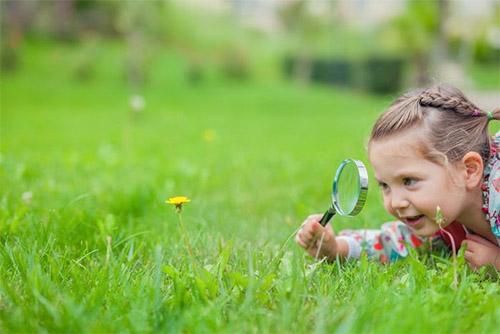
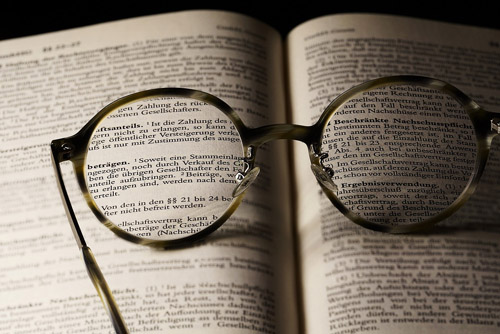
Visual Learning
Art helps us to map out mental images of the world we see around us as it is a visual language of symbols and representations. This is helpful for numerous reasons. We can map out plans, diagrams, and concepts for what we want to bring into the world, or we can make images of how a system works. Drawing is more than just doodling on a sheet of paper. Sketching is a form of visual thinking, a way of expressing emotions, and recording moments in time. Visuals often help us comprehend large amounts of data that our brain cannot understand through numbers or words alone. Feelings are too complex for us to understand, and art helps record and express them. This language exists across cultures for all that can see and associate.
Brain Power
Creating something from nothing also makes kids feel productive, and that helps them feel good about themselves. It is often used for therapy and stress relief. Being present in the moment and focused during a drawing session can be a feeling equivalent to meditation. Art is often used for therapy and stress relief. Being able to fill an empty page and bring out thoughts and musings to life is a great feel and fun for kids. Since children use their brain power while drawing, new connections and pathways are built inside their brain. Both sides of the brain actively participate, as the left side is responsible for logical thinking and the right supplies the creativity. As a result, growth of brains takes place.
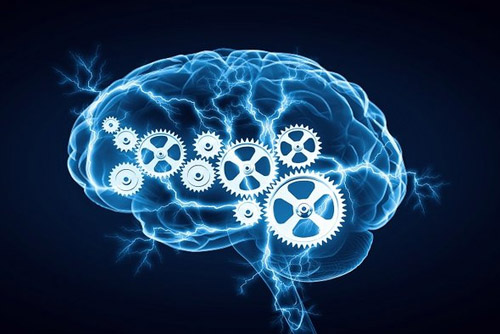
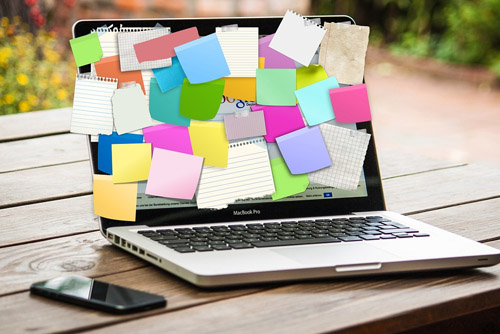
Social Skill
Children learn social skills while developing their artistic skills like learning to express their experiences across space and time, working with various sets of people, opinions about society & values. It helps to communicate ideas, create a sense of aesthetics, explore nature of perception and generate strong emotions. Research has shown that art affects the fundamental sense of self. Painting, sculpture, music, literature and the other arts are often considered to be the repository of a society’s collective Art work. Children learn to think and act as artists, makers and designers, working creatively and intelligently. They develop an appreciation of and engagement in art and craft, and an understanding of its role in the creative and cultural environment to shape and enrich their lives.
Motor Skills development
Art takes coordination between our hands, eyes, and brain. When a children play basketball, they develop hand-eye coordination and gross motor skills. Drawing works the same way, except for the fine motor skills. The more they practice drawing, the better they get, and the better their hands and eyes are, their brain can harmonize everything together. Their hands become an instrument to help them record the world around them as they see it.
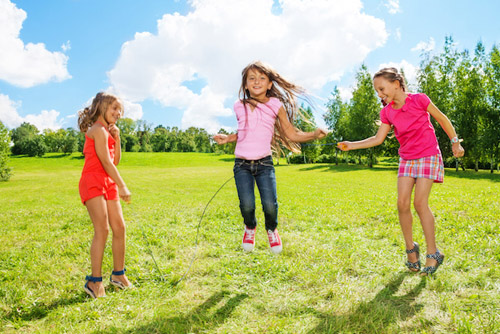
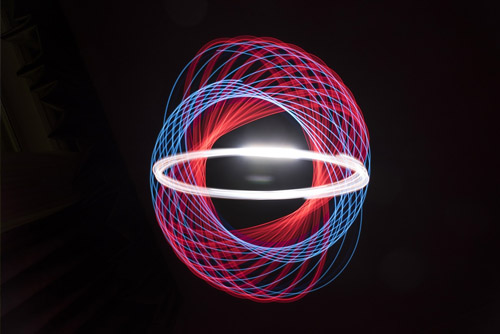
Concentration Power
If a child wants a drawing to go the way she/he intends, they need to focus on what is going on in their drawing and what they are looking at. If you they are drawing from life, they need to be present in the moment, and record the beauty of everything that is going on around them. The relationship between them and the subject matter is one of the most important parts of what is going on in the piece. So, this develops their ability to concentrate deeply and as they do this more often, they develop their concentration power and ability in all walks of life.
